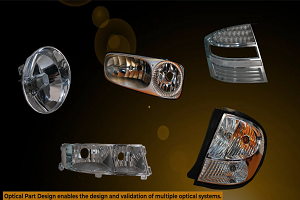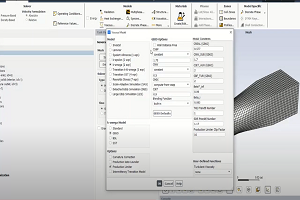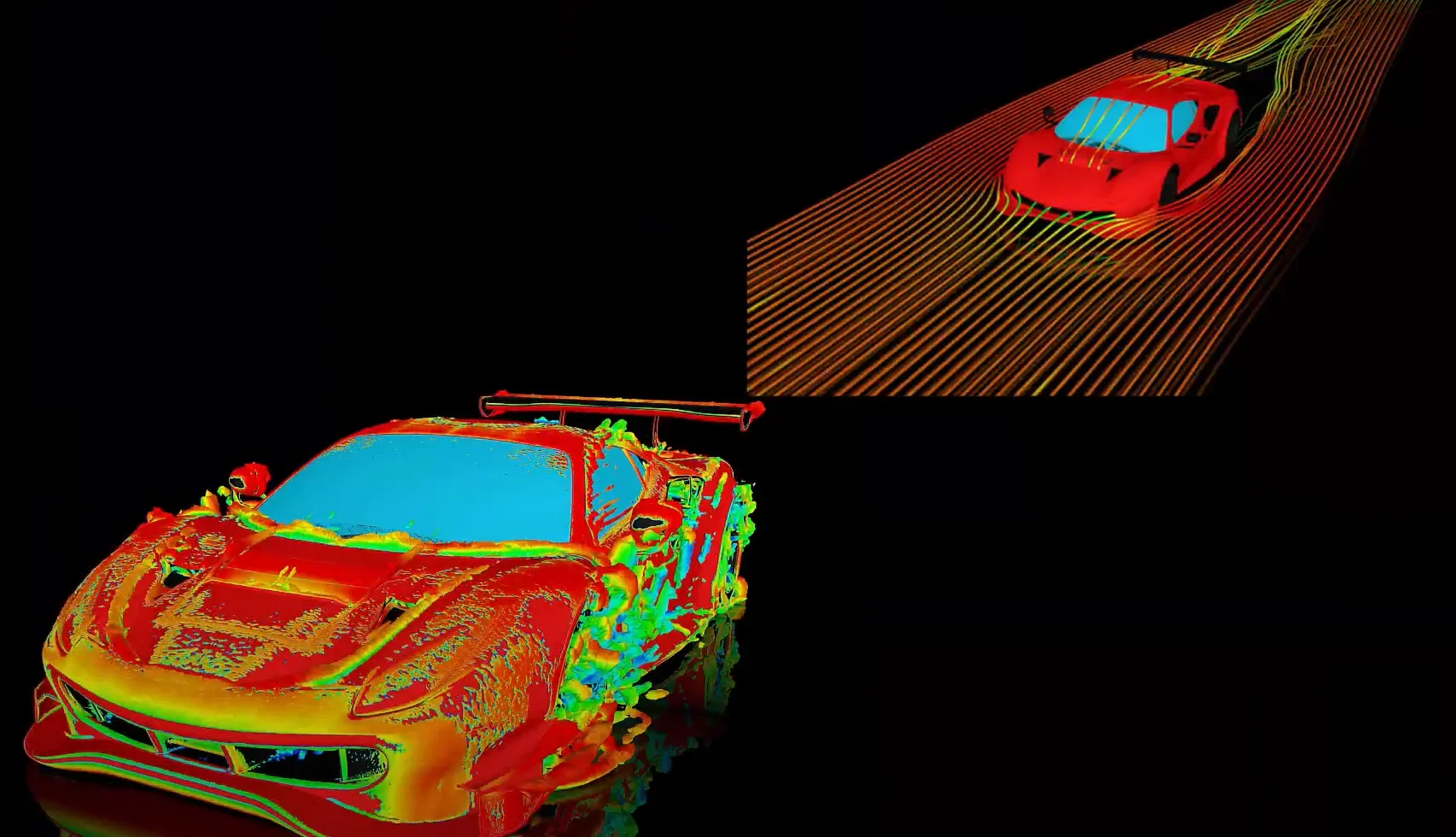What is the cause of the following ANSYS Mechanical error? “The normal of target element 19817570 is not consistent with the normal of target element 19817571 in real set 171. Please use the ENORM command to correct it.”
-
-
June 6, 2022 at 9:58 am
 FAQParticipant
FAQParticipantThe most likely cause of this error is having adjacent contact elements with different normal directions. The error message is from the MAPDL solver, but in Mechanical a better remedy is usually to repair the underlying geometry rather than using ENORM to flip the element normal directions.
If it not clear which contact pair is causing this error, insert Contact Tool under the Connections branch. In the Initial Information Worksheet, the real constant set for each contact pair is identified.
Surface bodies (meshed with shell elements) have a designated “Top” surface which determines the orientation of the body. When selecting a face, with the default graphics settings, the “Top” surface is highlighted in green. You need to ensure that the top surface designation is consistent for all faces in all contacts. If the faces are not consistent, you can either flip the faces using DesignModeler or SpaceClaim, or divide the contact pairs into smaller pairs that have a consistent direction (note: over-constraint might then be an issue with MPC contact).
For solid bodies, this behavior can be caused if the contact and/or target side was defeatured at the mesh level. A local mesh size control can help retain features close to the contact. Limiting the scope of the contact and target sides might also help. The tolerance slider can be used to tighten the tolerance of the automatic contact detection. To create contacts with a tighter tolerance, you need to delete the old contact pair and right click on the Connection Group – > “Create Automatic Connections”. Finally, if mesh size is not an issue, you can try turning off mesh defeaturing, decreasing the defeaturing tolerance, or using a smaller Min Size with the Advanced Size Function.
-


Introducing Ansys Electronics Desktop on Ansys Cloud
The Watch & Learn video article provides an overview of cloud computing from Electronics Desktop and details the product licenses and subscriptions to ANSYS Cloud Service that are...

How to Create a Reflector for a Center High-Mounted Stop Lamp (CHMSL)
This video article demonstrates how to create a reflector for a center high-mounted stop lamp. Optical Part design in Ansys SPEOS enables the design and validation of multiple...

Introducing the GEKO Turbulence Model in Ansys Fluent
The GEKO (GEneralized K-Omega) turbulence model offers a flexible, robust, general-purpose approach to RANS turbulence modeling. Introducing 2 videos: Part 1 provides background information on the model and a...

Postprocessing on Ansys EnSight
This video demonstrates exporting data from Fluent in EnSight Case Gold format, and it reviews the basic postprocessing capabilities of EnSight.

- How to reduce contact penetration?
- How to decide which side should be Contact and which should be target in Contact definition?
- What is the difference between secant and instantaneous coefficients of thermal expansion (CTE)?
- How to use the Newton-Raphson residuals option under Solution Information?
- Does ECAD trace mapping support more than one type of trace material (usually copper) in the same layer?
- How to plot stresses of a beam connection in Workbench?
- How can I apply a controlled rotation in ANSYS Mechanical
- How do I export all result objects data in tabular format?
- Difference Between Environment Temperature and Reference Temperature in Mechanical
- How can I understand Beam Probe results?

© 2025 Copyright ANSYS, Inc. All rights reserved.

